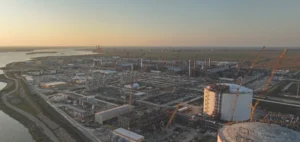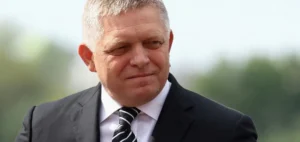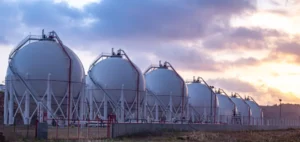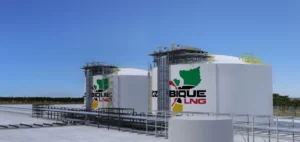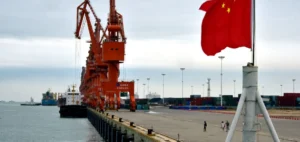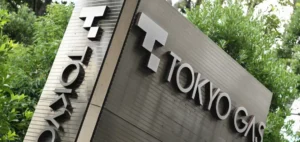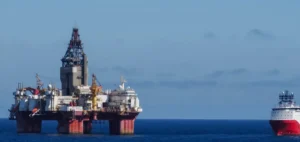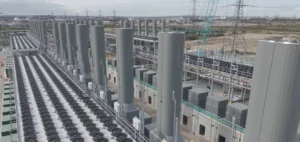U.S. natural gas exports to Mexico are experiencing a turbulent period marked by operational disruptions and unusual weather dynamics. Export volumes fell nearly 6% in two months, dropping from 7.3 billion cubic feet per day (bcfd) in May to 6.9 bcfd in July. This contraction comes as the country currently imports 74% of its total gas needs, a dependency that exposes its economy to North American market fluctuations.
Infrastructure under strain and critical maintenance
The Altamira FLNG1 floating liquefaction terminal illustrates the operational challenges facing the sector. Scheduled maintenance interruptions caused three complete or near-complete shutdowns of feedgas demand, significantly disrupting pipeline exports from South Texas. These malfunctions occur in a context where Mexico’s strategic storage capacity covers only three days of consumption, creating systemic vulnerability to supply interruptions.
Development of the 715-kilometer underwater Puerta al Sureste pipeline should provide partial relief by mid-2025 with a transport capacity of 1.3 billion cubic feet daily. This major infrastructure adds to the 2.2 bcfd capacity of the NET Mexico pipeline recently acquired by Kinder Morgan for $1.8 billion, demonstrating the massive investments needed to secure energy supply.
Climate dynamics and hydroelectric production
The exceptionally intense rainy season has altered the national energy balance by increasing hydroelectricity availability. This temporary increase in hydraulic production has reduced dependence on combined-cycle plants and gas turbines, directly contributing to declining gas import demand. The meteorological phenomenon known as “la canícula” could nevertheless quickly reverse this trend during upcoming extreme heat periods.
Mexican dry gas production recorded a 2% increase over two consecutive months, creating increased competition with U.S. imports. This increase remains fragile, however, with domestic production covering only 26% of total demand. Petróleos Mexicanos (Pemex) aims for production of 5 bcfd by 2030, but faces a 7.5% budget reduction for 2025 despite production targets increased by 9%.
Pricing pressures and industrial competitiveness
Price gaps with the Henry Hub benchmark reveal deep structural tensions. Mexican industrial electricity prices exceed those in the United States by 70%, compromising manufacturing competitiveness at a time when nearshoring offers industrial relocation opportunities. This pricing disparity worsens during demand peaks, as observed in 2021 when Mexico paid 25.4% more than the Henry Hub reference price for its gas imports.
New combined-cycle plants being commissioned and incremental capacity additions are establishing foundations for more structural gas demand. The Comisión Federal de Electricidad (CFE) plans to reach 59% participation in electricity generation by 2025, requiring additional investments of 333 billion Mexican pesos in 35 new generation projects totaling nearly 14,000 MW.
Energy transition and renewable projects
Renewable energy deployment is progressing slowly with installed capacity of 35.42 GW in 2024, far from the 80 GW of solar and 20 GW of wind needed by 2030 to meet international climate commitments. At least 30 wind projects remain suspended due to lack of adequate transmission lines, illustrating infrastructure constraints that hinder energy diversification. The data center market, valued at $1.06 billion in 2024 with a projection of $2.27 billion by 2030, adds additional pressure on electricity demand.
Liquefied natural gas (LNG) projects under development could transform Mexico from net importer to re-export hub. Sempra Energy’s Energía Costa Azul terminal, with 0.4 bcfd capacity planned for 2026, and Mexico Pacific Ltd’s Saguaro Energía project with 42 million tons per year planned, position the country as a strategic bridge between North American production basins and Asian markets. This evolution could paradoxically increase dependence on U.S. imports while generating export revenues.
Recent constitutional reforms reclassifying Pemex and CFE from “productive state companies” to “public state companies” fundamentally modify market rules. This transformation guarantees priority to CFE plants in the electricity dispatch order regardless of costs, limiting private participation to a maximum of 46% of national generation. Implications for market efficiency and attracting private investment remain uncertain as the government simultaneously explores mixed partnerships with the private sector to develop unconventional reserves.



